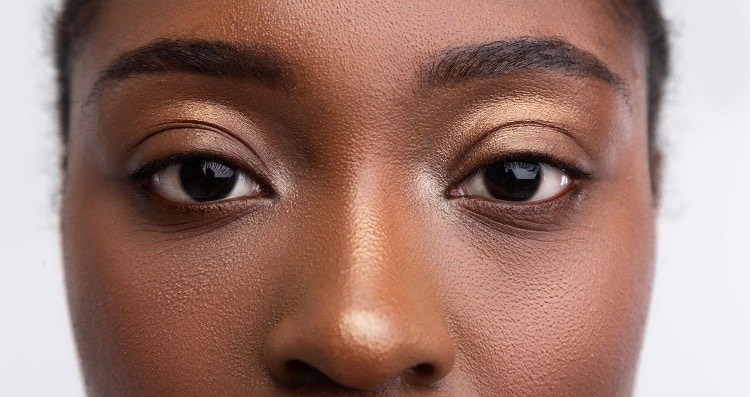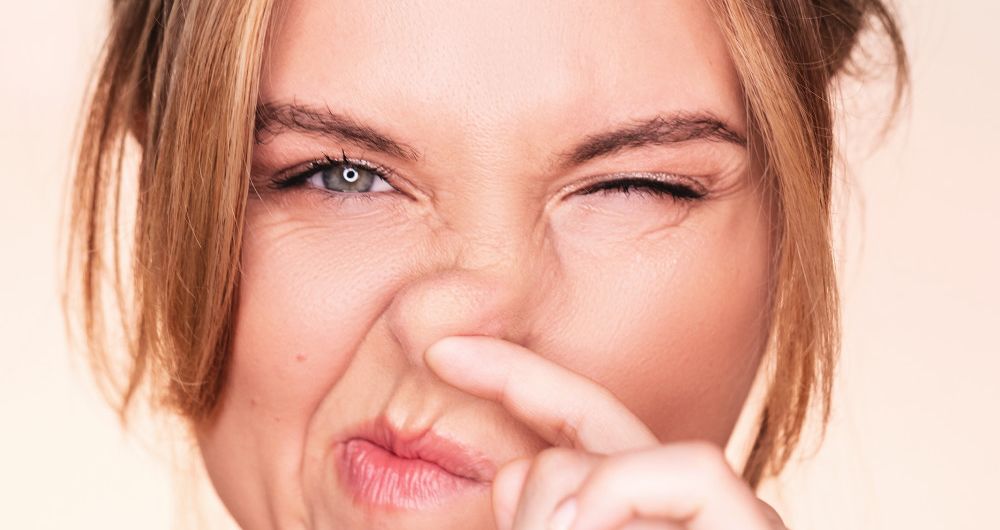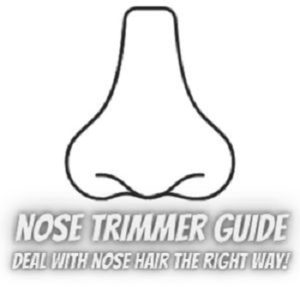
People have so many questions when it comes to the removal process of nose hair. Although nose hair is a part of our bodies natural make up, many people tend to feel that the nastiness of long nose hairs coming from their nostrils is not worth them sticking around.
Nose hairs are a huge component when it comes to keeping your immune system strong and preventing harmful debris to easily be inhaled. Removing nose hairs is not a major risk and is something you don’t need to be worries about. However, if done incorrectly the process of removing your nose hairs can become painful.
In this guide we’ll discuss everything you need to know when is comes to nose hair removal.
Is removing nose hair safe?
Removing nose hair is a completely safe process. However, depending what method, nose hair can be removed safely, but don’t overdo it! Nose hair is known to play a very important role in the body. In fact, they prevent some particles from entering the body, preventing infections or allergies.
How to remove nose hair safely?
Pulling out the nose hair is nose the safest way of getting rid of nose hairs and could cause the hair to become ingrown while removing them in excessive quantities increases the risk of favoring the entry of particles into the respiratory tract that should not penetrate.
For these and other reasons it is good to remove them without exaggerating and remove them in the safest ways, let’s see which ones:
Nose Hair Trimmer
Nose hair trimmers, also known as a nasal hair trimmer, is a small electrical appliance that generally runs on a stylus battery. There are two types: those that only have the function of cutting nose and ear hair and those that in addition also allows you to cut the eyebrows.
SCISSORS
To remove the hair, you need to have a pair of sanitary scissors. Even better if you can find a special pair of cutting scissors – they have a rounded tip designed specifically for cutting hair in sensitive spots like the nose and ears. Either way, the tip should be small enough to fit snugly into your nostril, and the blades should be sharp enough to sever the hair with one cut.
TWEEZERS
Some doctors advise against plucking nose hair, and not just because it can be painful. Doing so, in fact, runs the risk of making the nasal passage more vulnerable, leaving it exposed to dangerous contaminants and bacterial infections.
If you decide to use tweezers, it is good to be judicious, not removing too much, because the hair grows precisely to prevent bacteria and other contaminants from entering the nasal septum. The tweezers must be the sanitary ones. They should be small enough to fit comfortably in the nostril, but they also need to be sturdy at the same time. Before use, better clean the tweezers with water and antibacterial soap and dry them before using them!
WAXING
In general, waxing is not exactly ideal for removing nose hair. In fact, hair removal through waxing could promote the growth of ingrown hairs, infections, or damage to the skin. However, on sale, there are some products designed and created to remove only unwanted hair and more external to the nostril.
LASER HAIR REMOVAL
It is not advisable to opt for laser hair removal as a method for permanent nasal hair removal, this is because the treatment could cause damage to the mucous membranes of the nasal cavities.
However, laser hair removal on this part of the body usually only treats the most exposed hairs on the inner edge of the nostril. The treatment would make the hair less visible, not making it stick out. In this case, it is good to rely on the advice of an experienced dermatologist.

Can Nose Hair Regrow?
Your nose hair will always regrow hair.Only in certain situations it can take longer to make your entire hair come back, when it’s been shortened. It grows back because you are not actually killing the follicles that produce hair. You just pulled out the lock at the root.Hair will grow back as long as there are follicles there to develop enough hormones and hair to restore them. Nose and ear hairs will be the worst and last to the end.
On regrettable occasions, we may find ourselves wishing we had the courage to mention to the stranger on the carriage which bush he had to cut which was hiding in his nose. Or maybe you are an unsightly person, very lazy to take care of your cleaning needs.
Facts About Nose Hairs
Aside from the nose hair clipper and scissors, it is advisable to avoid DIY and ask your trusted dermatologist, who can definitely recommend the best way. Avoid depilatory cream! If it releases toxic vapors, it risks damaging the nasal mucous membranes.
Before you start feeling guilty about your nose hairs, here are a few facts you might want to know:
Cut, do not pull it out
It may be interesting to pull out those annoying long hairs on the outside so they will stop rolling off your nose, but the cut is designed for the most effective. Extraction poses a threat of disease, perhaps because the nose is not a sterile component and the meat is left weak. Besides, it might not be that much of a danger if you just prune rather than push yourself.
Make a pig’s nose while cutting your hair
It’s usually tough to cut a little ruffian and make sure you don’t accidentally cut anything or that kind of nose (OMG, think about it). Press the tip of your nose, near the bridge. When you push back, you will have the ability to see the inside of your nose more clearly, and you can circle your nostrils to cut hair faster. Don’t worry about looking like a pig; You will look a lot worse with night nose hairs.
Plucking nose hair does not make it grow any faster
Unlike hair on other parts of the body, nose hair does not grow back any faster after trimming. There is no evidence of this, although we may see this happening elsewhere. Meanwhile, plucking can stop it from growing again in many places, which will leave your nose unprotected.

